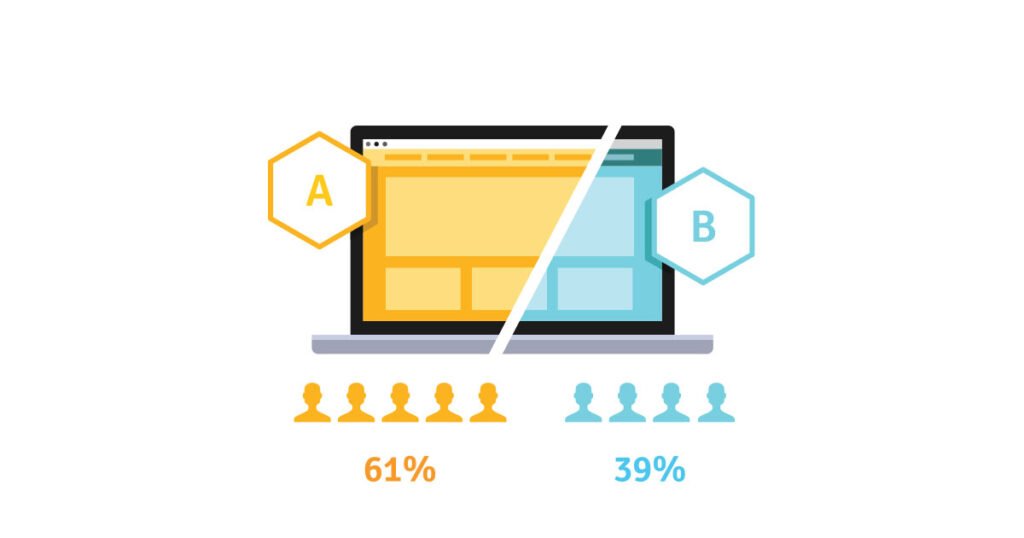A/B testing (also known as split testing) is one of the most important aspects of conversion optimization. Once you’ve researched the demographic of your clients, you can begin with extensive A/B testing. You should continue with A/B testing until you improve your website conversion rate well into the double figures. There are a few trusted SEO companies in London that can help with A/B testing for your website.
The Hidden Rules of A/B Testing

The Hidden Rules of A/B Testing – kadvacorp.com
While you may see small improvements from messing around with the colours, you can get much better improvements from changing other aspects. A spike in conversion rate is not long lasting and unless you have thousands of regular conversions. Your 5% increase in conversion rate could be only a small increase in actual sales. This means you need a nice set of data to confirm your conversion rate has actually gone up. No jumping to any conclusions after only a few days of testing.
Stop Making Small Changes
You could spend the rest of your life making small changes to your landing page. However, you’ll probably only see small gains of 1 or 2% increase in conversion rates. While a good conversion rate is around the 3-4% mark, if you want to reach the double figures you’ll need to put in work. A 2% increase might seem fantastic, but you’ll never make it into the sacred double figures with small changes like this. Did you know that the top 10% of AdWords advertisers actually have over a 10% conversion rate?
Making these small changes is a bit like rearranging the deck chairs on the Titanic. It’s going to have a small effect of a few more seats become available but it’s not going to change the overall outcome. When you use A/B testing to change conversion rates you need to have a clear goal in mind. Know your target audience thoroughly and make your changes accordingly. Some changes will have much bigger effects for certain audiences. Finding out which change will have the biggest effect is the challenge.
Don’t try Complicated Tests
You are conducting an A/B test to improve the % conversion for a website. You are not devising a test for the first manned mission to Mars. You don’t want to make overly complicated tests that take up all your resources for a small reward. It’s also pointless to change lots of things at once. Sure you might see an increase but which element is the one that is responsible for the increase? You would have to then backtrack to understand the impact of each individual element and this would take up too much time and defeat the point of the original A/B testing you conducted.
Run Tests For a Good Amount of Time
You should run your A/B test for at least 7 days but no longer than 28. If you don’t leave enough time then your results will be invalid. If you leave too much time then you could run the chance of polluting your data with external factors that you have no control over. Imagine if you were A/B testing for an online card shop throughout the month of February. You’d get a spike on Valentine’s Day but this would be completely unrelated to you A/B testing and would make your test results less reliable.
No Tests Without Hypothesis
Without a hypothesis what are you actually A/B testing? If you decide to change the color or style of the buy now button without a point to prove you aren’t going to really have anything to measure your data up against. Sure you might change the conversion % but you aren’t actually proving anything. If you create in-depth personas for the people visiting your website then creating a hypothesis should be a piece of cake.
No Tests Without Conclusions
The final results of a successful A/B test are worth far more than the small % increase in conversions. By analysing the results in depth you can find what works and what doesn’t. This can then be used across different channels both horizontally and vertically. You’ll learn actionable marketing insights which will not only improve your conversion rates but also your overall marketing strategy and skills.







Leave a Comment
You must be logged in to post a comment.